the Australian buyers who say Apple Watch saved their lives as device celebrates 10th birthday
As Apple Watch celebrates its 10th birthday, we look at its 10 top features and speak to the Australians who say it has saved their lives.

A group of Australians say they are still alive thanks to Apple Watch, as the world’s top selling smartwatch marks its 10th anniversary.
Steve Jobs’ right-hand design man, Jony Ive, envisaged Apple Watch as an iPod-type device that could be worn on a wrist. But it has evolved into much more.
For Apple it represents its leap into the lucrative health monitoring market. While its AirPods Pro 2 earbuds can perform hearing tests, its watches can now detect atrial fibrillation, sleep apnoea, monitor audio levels and more. It can even automatically call an ambulance and alert a family member or friend – even if the user is unconscious and doesn’t have a phone.
Apple now dominates the $US32.05bn smartwatch market, with about a 30 per cent share, according to Statista.
This compares with its next biggest competitor Samsung at 10.1 per cent, with China’s Huawei coming third at 6.9 per cent.
So we take a look at its 10 top features and how the Apple Watch has managed to dominate the market.
Emergency SOS
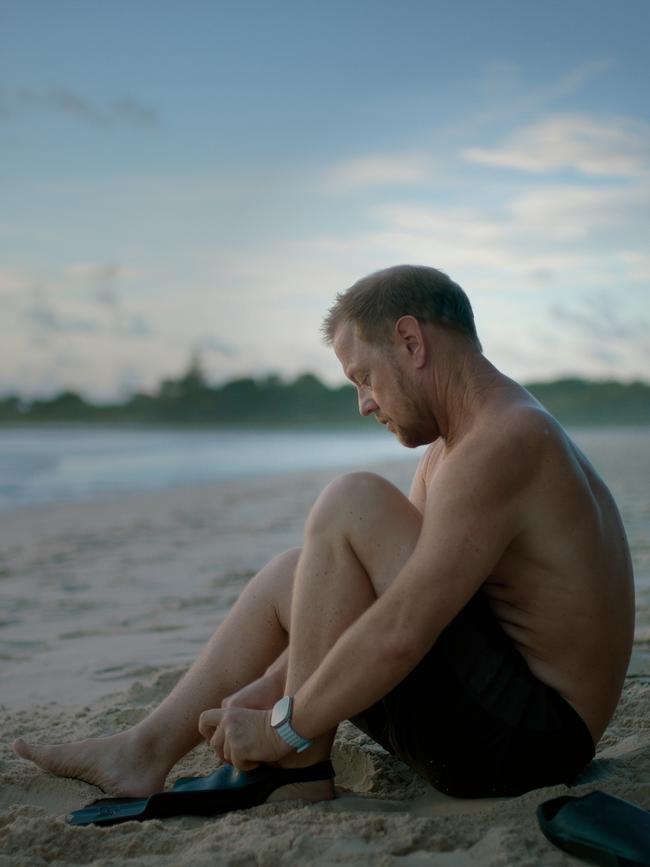
Byron Bay’s Rick Shearman says he owes his life to his smart watch. Last July, he was swept 1.6km out to sea but called out emergency services using the SOS function on his Apple Watch Ultra.
Despite the swell tossing Shearman around, the Westpac Lifesaver Rescue Helicopter was able to pinpoint his exact location using the watch’s in-built GPS.
He was able to speak to emergency services via the watch’s speaker, which helped him keep calm until he was winched to safety.
Ambulance services don’t have data on how many Australians are using the device’s SOS function, nor were they able to comment about how it was assisting paramedics by feeding them precise GPS coordinates (Apple introduced in-built GPS in the Series 2 watch in 2016).
But other Australians say they would not be still alive without the watch’s “hidden features”.
Heart health
Lexie Northcott, from southwest Victoria, received an Apple Watch on her 16th birthday in 2019, but in the first year of use the device kept lighting up with low heart rate notifications.
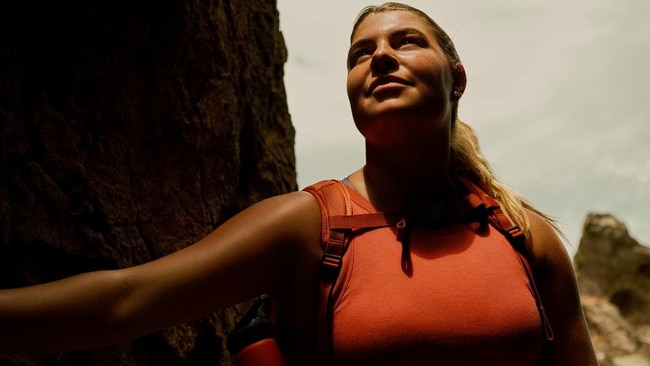
“I’d just ignore it,” Ms Northcott said.
Dismissing it because she believed herself to be young and fit, Ms Northcott did not even mention it to a doctor until she needed treatment for a rash on her neck. But her mother Karla Northcott said they needed to push for an ECG.
It transpired Ms Northcote had a heart block – a condition where the electrical signals of your heart don’t conduct properly. She later saw a specialist in Melbourne and had a pacemaker fitted and is now back to exercising.’
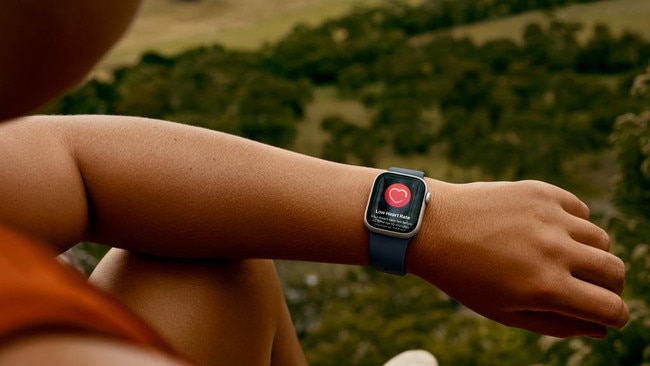
Fall detection
Six weeks after receiving an Apple Watch for his birthday in 2021, Bruce Mildenhall went on a cycle ride in Victoria’s Macedon Ranges, and he was glad he took his device with him.
He was knocked off his bike by a kangaroo. Despite his mind going blank, his watch automatically called an ambulance and alerted his wife.
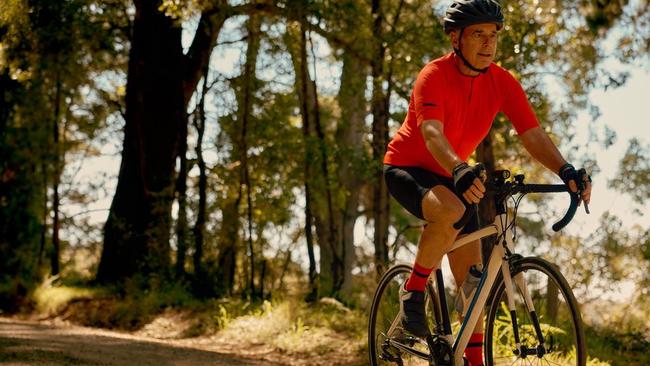
“It was fairly explicit,” Mr Mildenhall said about the message the watch sent to his wife.
“It said ‘Bruce has had a hard fall, hasn’t responded, this is where he is’.
“There was this bang, bang bang on the side of the ambulance and they put the window down and she said ‘You got Bruce Mildenhall in there and is he alive?’”
A good night’s sleep
Apple introduced sleep apnoea detection on its latest series of watches last September. The function is yet to be approved in Australia but represents the device’s future.
ASX-listed medical device maker ResMed has already endorsed it, saying it will help more people from “suffocating in their sleep”.
Sumbul Desai, vice-president of health at Apple, said if left untreated, sleep apnoea can have “significant consequences”, including increased risk of hypertension, type 2 diabetes and cardiac issues.
“(It is) a major health condition that impacts over a billion people worldwide,” Dr Desai said.
“But one of the biggest challenges is that 80 per cent of people with sleep apnoea are undiagnosed, so they don’t know they have the condition to detect sleep apnoea.”
Lord of the rings

Part of wearing a smart device is positive reinforcement, after all, you want to feel good about wearing it. And Apple does this with its activity rings.
There are three: representing move, exercise and stand. A user can select their goals for each and there is an element of satisfaction when you close them all.
The rings have become that popular that last week Apple offered a limited edition award to those who managed to close all their rings in one day. all Apple Watch users are encouraged to close their Activity rings to earn a special Global Close Your Rings Day limited-edition award, along with animated stickers for Messages.
There’s a method to Apple’s madness. It says people who closed their rings regularly were 48 per cent less likely to experience poor sleep quality — defined as waking up frequently during the night — and 73 per cent less likely to experience elevated resting heart rate levels compared with infrequent ring closers.
Apple said they were also 57 per cent less likely to report elevated stress, as measured by the Perceived Stress Scale-4, a four-item questionnaire designed to assess an individual’s perception of their stress levels.
Australia’s bonus feature
Apple Watch users in Australia can access one feature that Americans can’t: blood oxygen measurements. This was introduced in the series 6 in 2020.
A blood oxygen level represents the percentage of oxygen your red blood cells carry from your lungs to the rest of your body. Knowing how well your blood performs this vital task can help you understand your overall wellness.
But Apple pulled the feature in the US as part of a patent feud with company Masimo over its blood oxygen feature. The ban did not affected Australian sales.
Loud and clear
In its series 10 watches, Apple allowed users the ability to play music for the first time from its built-in speakers, which featured a new design.
The audio might not be the same quality as listening through AirPods but if you’re doing housework and want to listen to a podcast or live radio without wearing headphones, it’s handy.
I tried it riding on my bike, downhill, whiskers rippling in the breeze – and my mother-in-law was surprised that she could still hear me clearly, despite not having the watch anywhere near my face. It was where it should be – on my wrist down near the handlebars.
Bigger and brighter screens
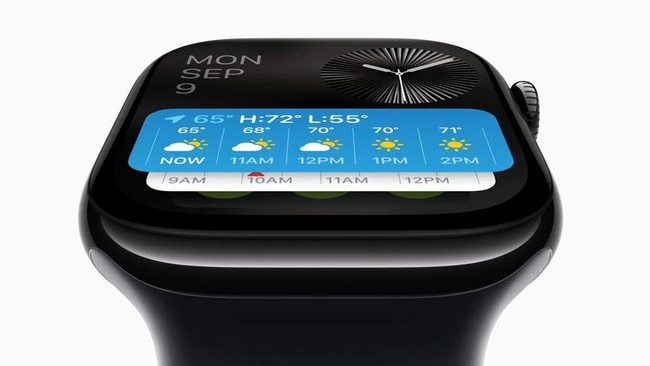
Another series 10 upgrade was the screen. Apple increased the brightness by 40 per cent when viewed at an angle – which is the case when most of us glance at our watches. It also increased the size of the screen 10 per cent.
Apple achieved a bigger screen not by just increasing the size of the device but also making the screen borders – which contain the electronics – thinner and curved around the edges.
This might not seem a big deal, but Apple showed me how far it has come since the original Apple Watch, which was a square screen with thick black borders, which it tried to hide by using black backgrounds.
Keeping it classy
A frequent criticism of Apple Watches is that they aren’t in the same league as more up-market timepieces, despite outselling the entire Swiss watchmaking industry since 2019,
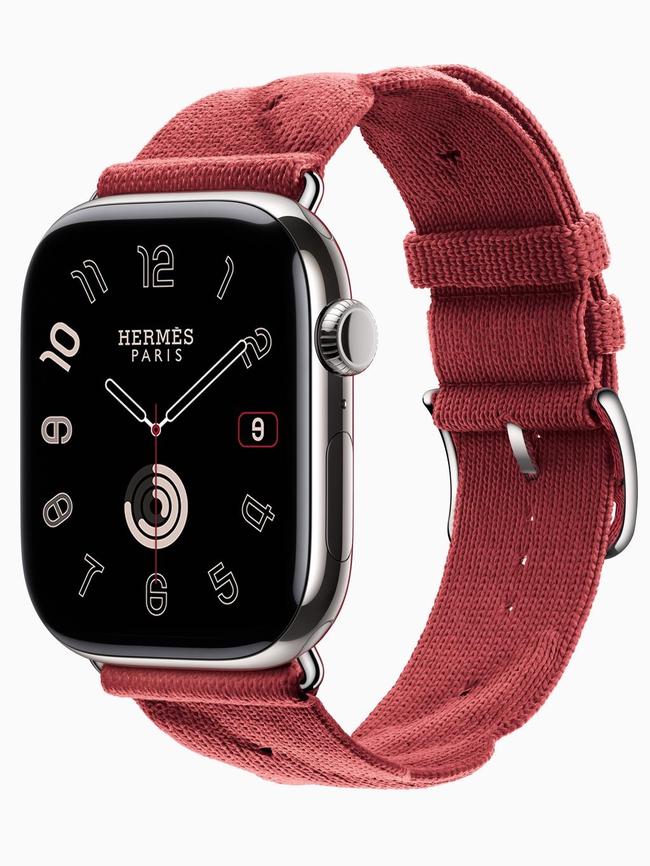
when it sold 31 million units – 10 million more than the Swiss.
But if you’re after jewellery, Apple has an agreement with Hermes, which it began with the series 2 in 2016, with pricing starting at $2109.
The partnership includes not only different hardware, like specific bands that evoke Hermes’ saddlery heritage, but also exclusive watch faces for those who prefer a bit of extra bling.
Out of your depth
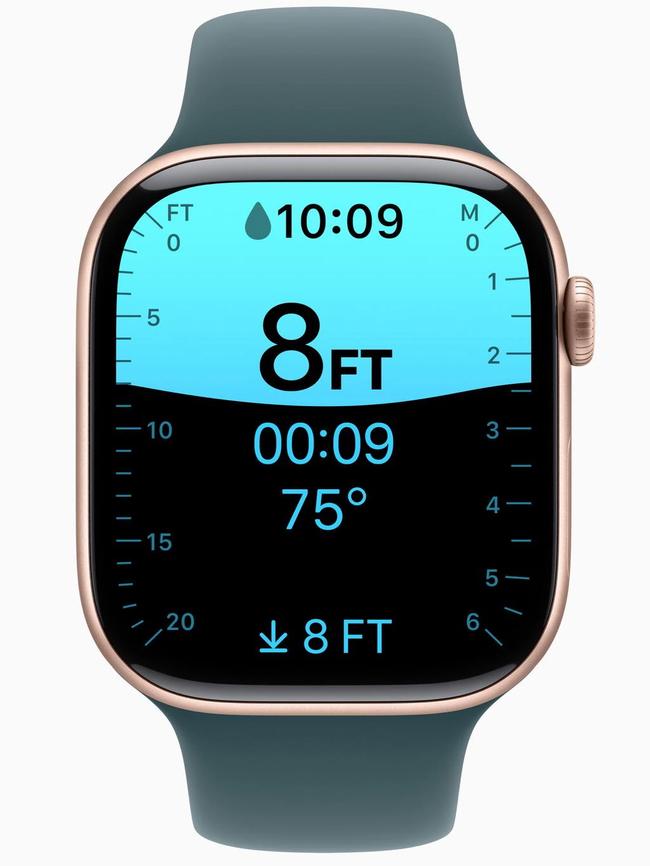
It now incorporates a training load, which measures how the intensity and duration of workouts impact a user’s body over time, which can help users make informed decisions about their training each day – a similar feature Garmin offers.
There is even now a depth gauge, which comes on automatically when the watch is submerged, as Apple seeks to make it useful for more extreme activities, like scuba diving.
For those who prefer surfing or fishing, there is also a tides app. Using your location, it can immediately provide you with data about your nearest beach.





To join the conversation, please log in. Don't have an account? Register
Join the conversation, you are commenting as Logout